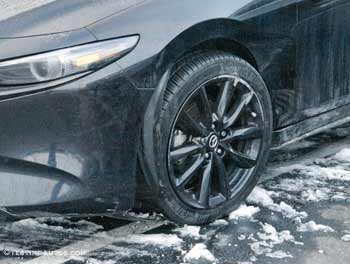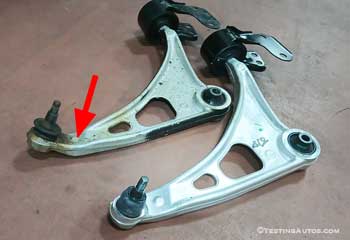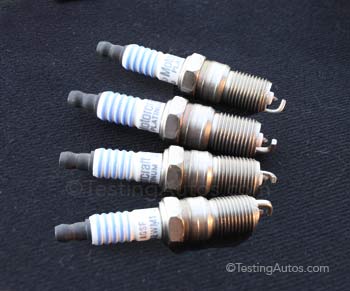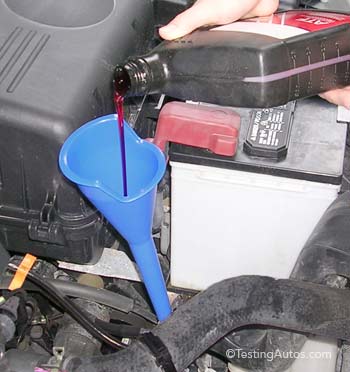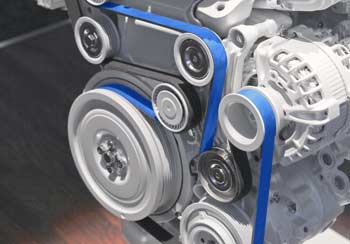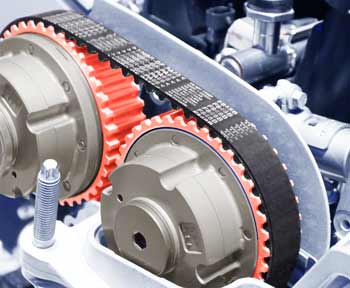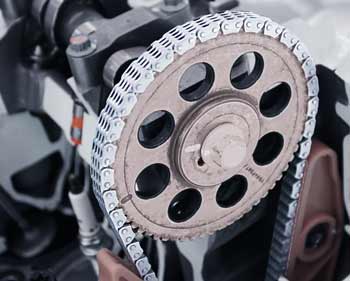Hitting a Curb with a Front Wheel: Repair Options and Costs for Your Car
By Vlad Samarin December 29, 2024
Accidents happen, and a common scenario for many drivers is hitting a curb with the front wheel. If this happens, understanding your repair options and costs can help you make informed decisions.This article focuses on mechanical repair options, assuming no body panel or structural damage. Both independent mechanical repair shops and car dealerships are equipped to handle such repairs.
Since modern cars are equipped with various driver assist systems that may need to be re-calibrated after repairs, your dealership is the better choice if you have a late-model vehicle.
Insurance vs. Paying Out-of-Pocket
Using Insurance If you want your insurance to cover the repairs:- Leave the car at the repair facility. They will arrange for an estimator to provide a repair estimate.
- The insurance company will typically cover the cost of repairs minus the deductible, depending on your policy.
- In many cases, you may receive a loaner vehicle until the repairs are complete.
Paying Out-of-Pocket If you prefer to avoid involving your insurance, you'll need to pay for repairs out of pocket. Keep in mind that:
- Not all damaged or bent parts are easily identifiable during the initial inspection.
- Repairs may need to be done in stages or involve replacing all potentially damaged components to ensure safety and performance.
Repair Options
Option 1: Repair in Stages
This approach involves replacing the obviously damaged parts first, such as:- Lower control arm
See the photo of a bent and new lower control arms below. - Ball joint
- Tie rod
- Drive shaft (CV axle) on the affected side (if damaged)
- Rim and tire (if damaged)
Pros:
- Potentially lower repair costs initially.
Cons:
- Some problems may only become apparent later, such as a noisy wheel bearing or a bent front strut causing issues over time.
- If, after initial repairs are done, more repairs are required, the second alignment might also be needed, increasing the cost.
Cost Example:
For an average small SUV after a moderate impact, replacing the rim, tire, lower control arm, ball joint, and tie rod, followed by a wheel alignment, costs approximately $900–$1,600 USD. If no further issues are detected, the repairs are complete at this stage.Option 2: Comprehensive Repairs
This approach involves replacing all damaged parts and those suspected of potential damage. In the case of a more severe frontal curb impact, this might include:- Lower control arm
- Ball joint
- Rim and tire
- Strut
- Knuckle
- Wheel bearing
- Steering rack with tie rods
- Outer tie rod end
- Drive shaft (CV axle) on the affected side
Pros:
- More likely to eliminate potential problems in the future.
- Some repairs done in one area at the same time may be cheaper due to overlapped labor.
Cons:
- Higher upfront repair costs.
Cost Example:
For an average small SUV, comprehensive repairs involving parts mentioned above cost approximately $2,700–$3,500 USD.Understanding these repair options can help you decide the best course of action after a curb impact. While staged repairs might save money initially, comprehensive repairs could prevent future issues. Consult with a trusted mechanic or dealer to ensure your vehicle is repaired safely and effectively.
If your tires are worn out, consider upgrading them or installing winter tires, if needed, to improve traction on slippery roads.
